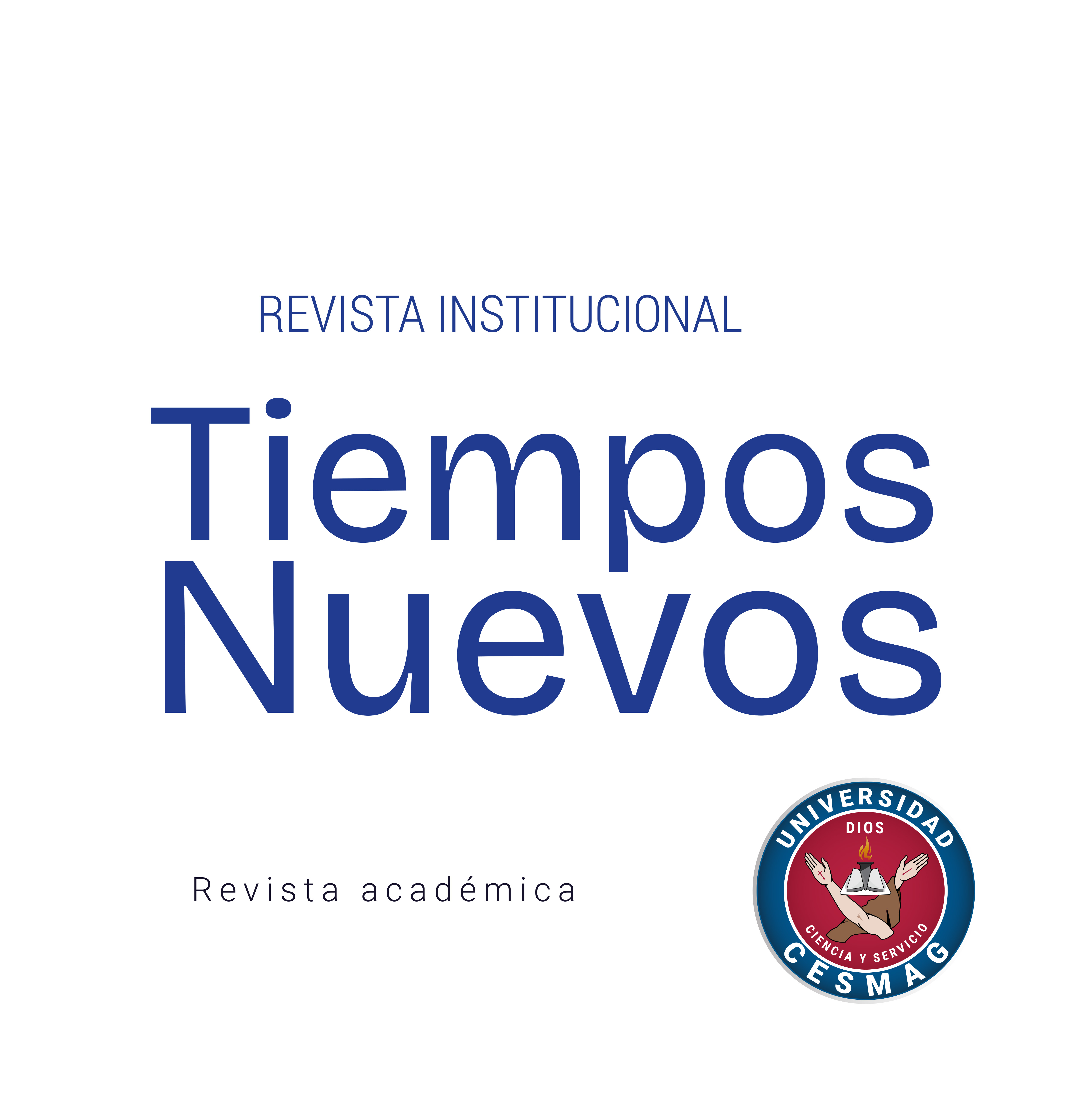Lifestyle and eating habits of two groups of young adults between 25 and 30 years old from the cities of Pasto and Pitalito
DOI:
https://doi.org/10.15658/rev.inst.tiempnuevos21.12262807Keywords:
young adults; quality of life; lifestyles; eating habits; physical activity levels.Abstract
The main objective of the research, from which this article is generated, was to identify the lifestyles and eating habits among young adults from 25 to 30 years old, through a comparative study of groups located in Pasto (Nariño) and Pitalito (Huila).
The research was based on the quantitative paradigm, using techniques that directly involved the individual and the phenomenon to be investigated, thus acquiring precise factors that could be measured. It was approached with correlational descriptive approach that allowed the comparison of the results in the two cities; furthermore, it was also carried out through a cross-sectional design, in turn, taking into account the correlational aspect, since the survey was applied to the population and subsequently a description of the results was carried out in relation to the various variables and theory.
Among the relevant features of the group under study are the degree of schooling, given that a considerable part of the population had a professional level, and the marital status, since in large percent of them turned out to be single. On the other hand, instruments such as the Lifestyle Profle Questionnaire [PEPS-I], the International Physical Activity Questionnaire [IPAQ] and the Food Frequency Questionnaire [FFQ] were used to obtain data.
Regarding the data collected from the lifestyles, it is evident that they maintain the positive rating, taking into account that aspects of nutrition, exercise, levels of physical activity, stress management, self-actualization and interpersonal support were evaluated, in this last aspect a difference is found between the two regions; parallel to this, information was collected on eating habits minimally reflects the difference in the consumption of some foods between the two zones.
It was concluded that the studied groups in the two municipalities present great differences in terms of lifestyles and eating habits, being influenced by aspects such as geographical conditions (climate, total population), living conditions, schooling and socioeconomic stratum.
Downloads
References
Díaz-Cárdenas, S., Meisser-Vidal, M. A., Tirado-Amador, L. R., Fortich-Mesa N., Tapias-Torrado, L. y González-Martínez, F. D. (2017). Impacto de salud oral sobre calidad de vida en adultos jóvenes de clínicas odontológicas universitarias. Int. J. Odontostomat, 11(1), 5-11. https://www.scielo.cl/pdf/ijodontos/v11n1/art01.pdf
Guecha, P. y López, K. (2018). Promoción de la salud y factores que influyen en los estilos de vida saludable de los docentes del Colegio Integrado Juan Atalaya según la teorista Nola Pender del 2018-A. Universidad de Santander.
Hueso, A., y Cascant, M. J. (2012). Metodología y técnicas cuantitativas de investigación. Universidad Politécnica de Valencia.
Instituto Colombiano de Bienestar Familiar. [ICBF]. (2015). Guías alimentarias basadas en alimentos para la población colombiana mayor de 2 años. Colombia. ICBF.
Mantilla Toloza, S. C. y Gómez-Conesa, A. (2007). El Cuestionario Internacional de Actividad Física. Un instrumento adecuado en el seguimiento de la actividad física poblacional. Revista Iberoamericana de Fisioterapia y Kinesiología, Universidad de Pamplona, 10(1), 48-52. https://doi.org/10.1016/s1138-6045(07)73665-1
Organización Mundial de la Salud. [OMS]. (2018). Enfermedades no transmisibles. https://www.who.int/es/news-room/factsheets/detail/noncommunicable-diseases



.png)
